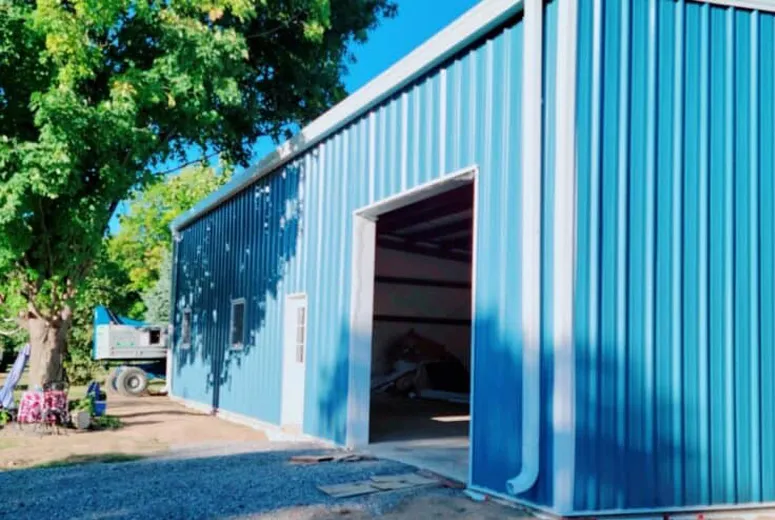- Afrikaans
- Albanian
- Amharic
- Arabic
- Armenian
- Azerbaijani
- Basque
- Belarusian
- Bengali
- Bosnian
- Bulgarian
- Catalan
- Cebuano
- Corsican
- Croatian
- Czech
- Danish
- Dutch
- English
- Esperanto
- Estonian
- Finnish
- French
- Frisian
- Galician
- Georgian
- German
- Greek
- Gujarati
- Haitian Creole
- hausa
- hawaiian
- Hebrew
- Hindi
- Miao
- Hungarian
- Icelandic
- igbo
- Indonesian
- irish
- Italian
- Japanese
- Javanese
- Kannada
- kazakh
- Khmer
- Rwandese
- Korean
- Kurdish
- Kyrgyz
- Lao
- Latin
- Latvian
- Lithuanian
- Luxembourgish
- Macedonian
- Malgashi
- Malay
- Malayalam
- Maltese
- Maori
- Marathi
- Mongolian
- Myanmar
- Nepali
- Norwegian
- Norwegian
- Occitan
- Pashto
- Persian
- Polish
- Portuguese
- Punjabi
- Romanian
- Russian
- Samoan
- Scottish Gaelic
- Serbian
- Sesotho
- Shona
- Sindhi
- Sinhala
- Slovak
- Slovenian
- Somali
- Spanish
- Sundanese
- Swahili
- Swedish
- Tagalog
- Tajik
- Tamil
- Tatar
- Telugu
- Thai
- Turkish
- Turkmen
- Ukrainian
- Urdu
- Uighur
- Uzbek
- Vietnamese
- Welsh
- Bantu
- Yiddish
- Yoruba
- Zulu
Oct . 09, 2024 11:08 Back to list
Designing Steel Shed Trusses An Overview
When it comes to constructing a steel shed, one of the most crucial elements is the design of the truss system. Trusses not only provide structural integrity and support, but they also enhance the aesthetic appeal of the shed while maximizing the usable space. This article will delve into the importance of truss design, the types of steel trusses commonly used, and the key considerations that engineers and builders should keep in mind.
The Importance of Truss Design
Trusses are engineered frameworks designed to bridge large spans, distribute loads, and support roofs. In steel shed construction, they serve as the backbone of the structure, enabling it to withstand various stresses imposed by environmental loads such as snow, wind, and potential seismic activity. A well-designed truss ensures that forces are efficiently transferred to the supporting columns and foundation, reducing the risk of structural failure.
Types of Steel Trusses
There are several types of steel truss designs that can be employed in shed construction. Each design has its unique characteristics and advantages
1. Pratt Truss This design features diagonal members that slant towards the center, creating a robust structure suitable for heavier loads. The Pratt truss is particularly effective in environments with high vertical loads.
2. Warren Truss Known for its triangular pattern, the Warren truss evenly distributes weight across its length. It provides excellent lateral stability and is a popular choice for lightweight applications.
4. King Post Truss This is a simple design incorporating a vertical central post, ideal for smaller sheds or structures with limited span requirements.
steel shed truss design

Key Considerations in Truss Design
When designing trusses for steel sheds, several critical factors should be taken into account
1. Load Analysis It is vital to conduct a thorough load analysis, identifying all potential loads the truss will need to bear. This includes dead loads (weight of the truss and roof materials) and live loads (snow, equipment, or people occupancy).
2. Material Selection The choice of steel type and grade will significantly impact the truss's strength and durability. High-strength steel is often preferred for its ability to withstand greater loads while minimizing material weight.
3. Span Length The span of the truss plays a crucial role in its design. Longer spans typically require more intricate truss designs to maintain structural integrity.
4. Connection Design The joints between truss members are critical for stability. Using appropriate connection methods—be it bolted, welded, or riveted—ensures that the forces are effectively distributed.
5. Building Codes and Regulations Compliance with local building codes is essential. These codes dictate specific requirements for structural safety, material specifications, and load capacities that must be followed.
Conclusion
In conclusion, the design of steel shed trusses is a multifaceted process that requires careful consideration of various engineering principles and design options. By understanding the types of trusses, conducting detailed load analyses, and adhering to material and code standards, builders can create robust and efficient structures. A well-designed truss not only contributes to the longevity and safety of the shed but also enhances its functionality and aesthetic appeal in various applications.
-
How Do Prefabricated Steel Structures Transform Modern Construction?
NewsJul.14,2025
-
How Do Prefabricated Metal Buildings Redefine Modern Construction?
NewsJul.14,2025
-
How Do Prefab Insulated Metal Buildings and Steel Structures Revolutionize Modern Construction?
NewsJul.14,2025
-
How Do Pre - Engineered Steel Structures Redefine Modern Construction?
NewsJul.14,2025
-
Advancing Modular Construction with Prefabricated Metal Structures
NewsJul.14,2025
-
Advancing Industrial Infrastructure with Prefabricated Steel Solutions
NewsJul.14,2025
Products categories
Our Latest News
We have a professional design team and an excellent production and construction team.












